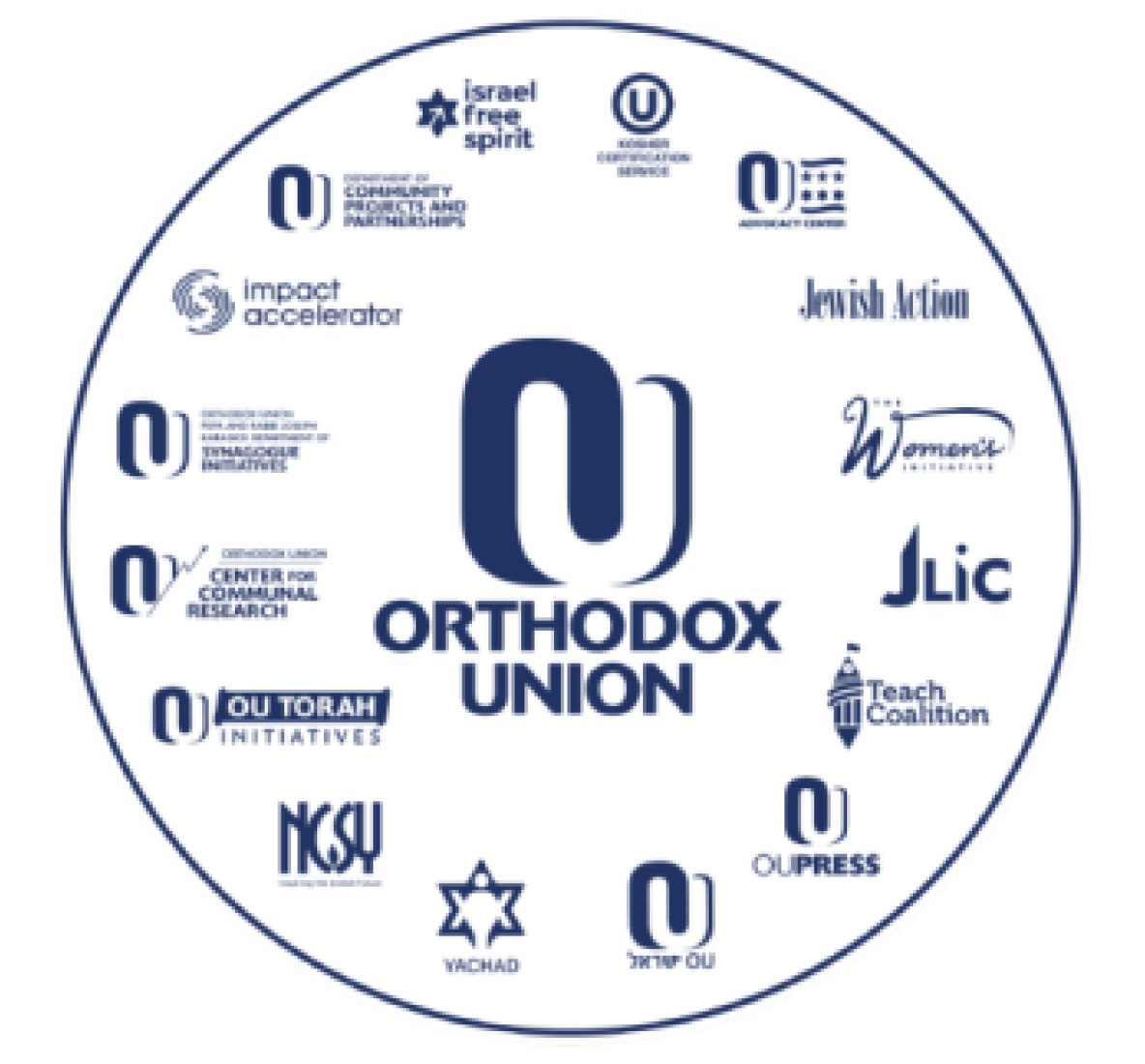We are all rightly preoccupied with the profoundly unsettling events of the past months. War, loss, and dislocation have traumatic effects that are currently being experienced by many. It is not their problem; it is ours. Klal Yisrael has taken this to heart and responded with an inspired generosity of spirit, compassion, and resources that has crossed geographic, social, and ideological boundaries. This unity of spirit stands in sharp contrast to the sharp ideological divisions that produced much internal strife and hatred preceding this war and that are sadly beginning to reappear.
Ideological divisions tear us apart when we lose sight of the essential unity between us that makes Jews everywhere instinctively drop everything to do more for each other. They tear us apart when we forget that the future of the Jewish people is a joint project involving every part of our nation. Our ideological divisions, however sharp, must never overwhelm the love and commitment we viscerally feel for each other and our commitment to a shared destiny.
Vayakheil Moshe – Moshe brought together the community. Ramban notes that this was the first step of the actual building of the Mishkan as this was to be a collective project, brought to fruition through the participation of the entire community. This is also the theme of Parshat Shekalim, where everyone was mandated to give a half shekel for the building project, making it a truly shared enterprise. The Talmud (Megillah 13b) teaches that this national campaign to fund the Temple service that was initiated each year on Rosh Chodesh Adar served as the antidote to Haman’s scheme in the story of Purim (see Tosfos Megillah 16a). This commitment to the joint national enterprise spiritually set the stage for our eventual victory in the Purim battle that the Talmud (Megillah 2a) refers to as zman kehilla lakol, a time when everyone needed to come together to stand up for their survival, l’hikahel v’la’amod al nafsham.
We therefore celebrate Purim as a day of unity and ahavat Yisrael. In the Megillah, the call for unity was not symbolic or shallow; it was raw and real. Esther was safe in the palace, secure in her anonymity as she was not known as a Jew. But as Mordechai told her, a choice to escape the fate of the Jewish people would have led her to oblivion rather than survival. Instead, she realized she was an inseparable part of her people and chose to step forward and risk her life for the sake of Klal Yisrael, gaining for herself eternity. To Esther, her connection to her fellow Jews was not a slogan; it was her reality. We emulate this in our own way each Purim – meaningfully though not nearly as dramatically – when we deploy our resources to benefit others in fulfillment of the mandates of mishloach manot u’matanot l’evyonim, coming together to provide each other with care and support.
It remains essential that we keep these values and feelings at the forefront. The future of Klal Yisrael is our shared enterprise. We need each other, we love each other, and we will do anything for each other. Those feelings must dominate the future if we are to avoid repeating the tragedy of the recent past.


